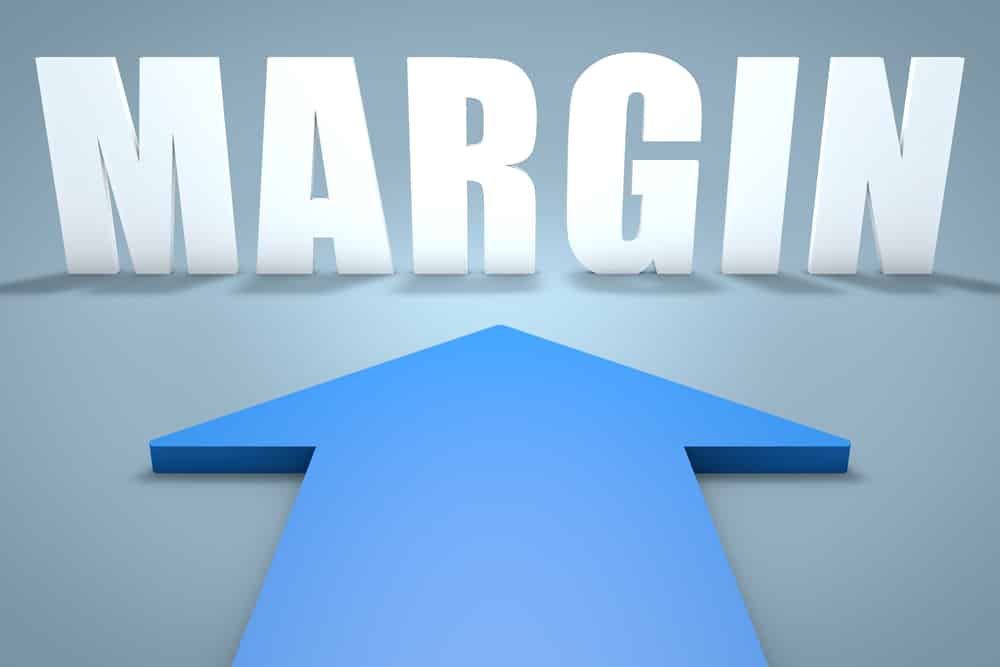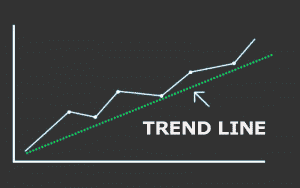What is margin?
Margin is the amount of money that a broker requires you to deposit into your trading account for you to open a position. It is not a transaction fee but rather some sort of collateral. It assures the broker that you can afford to open a position and cover any probable losses.
What is the initial margin?
The initial margin, which is also referred to as the required margin, is the number of funds that need to be in your trading account for you to open a position. This is the amount that will be ‘locked up’ when you commence a trade. Upon depositing these funds, the broker can now lend you some more to amplify your trading capital.
What is the used margin?
Now that we have discussed the term ‘initial margin,’ it will be easier to understand the concept of ‘’used margin.’ When you open several trading positions concurrently, each entity will have its initial margin. The sum of the initial margin for all the open positions is what is referred to as the used margin. In other words, it is the amount that needs to be in your trading account for the initiated trades to remain open.
Let’s use a practical example for better understanding. Assume that you have deposited $10,000 into your trading account. You intend to open two buy positions: 1 mini lot position of USD/GBP and USD/EUR each. A mini lot represents 10,000 units. With the dollar being the base currency in both cases, the notional value of each position will be $10,000.
Now let’s assume that the margin requirement for the USD/GBP and USD/EUR pairs is 5% and 2%, respectively. The initial margin for each currency pair will be:
USD/GBP: $10,000 *5/100 = $500
USD/EUR: $10,000 * 2/100 = $200
As aforementioned, the used margin is the sum of the initial margin for all the open positions. In this case, the used margin will be $500 + $200 = $700.
What is free margin?
Free margin is the opposite of used margin. It refers to the amount in your trading account, which is not tied to the open positions. It is also referred to as the usable margin. To calculate your free margin, you will need to subtract the used margin from your equity.
It is important to remember that if an open position is headed as you had predicted, you will have higher equity. Subsequently, your free margin will increase. Similarly, losses in your open position will result in lesser equity and free margin.
What is a margin level?
The margin level, which appears in the form of a percentage, is the amount of your equity in relation to the used margin. The margin level is computed as equity/used margin *100%. You will notice that the applicable percentage is displayed automatically on your trading account.
Prior to opening a position, the margin level is at 0. A higher margin level means that you have a larger free margin. While brokers have different acceptable margin levels, most set it at 100%. If your equity is less or equal to your used margin, you cannot open a new trade. To do so, you will need to close your current position.



